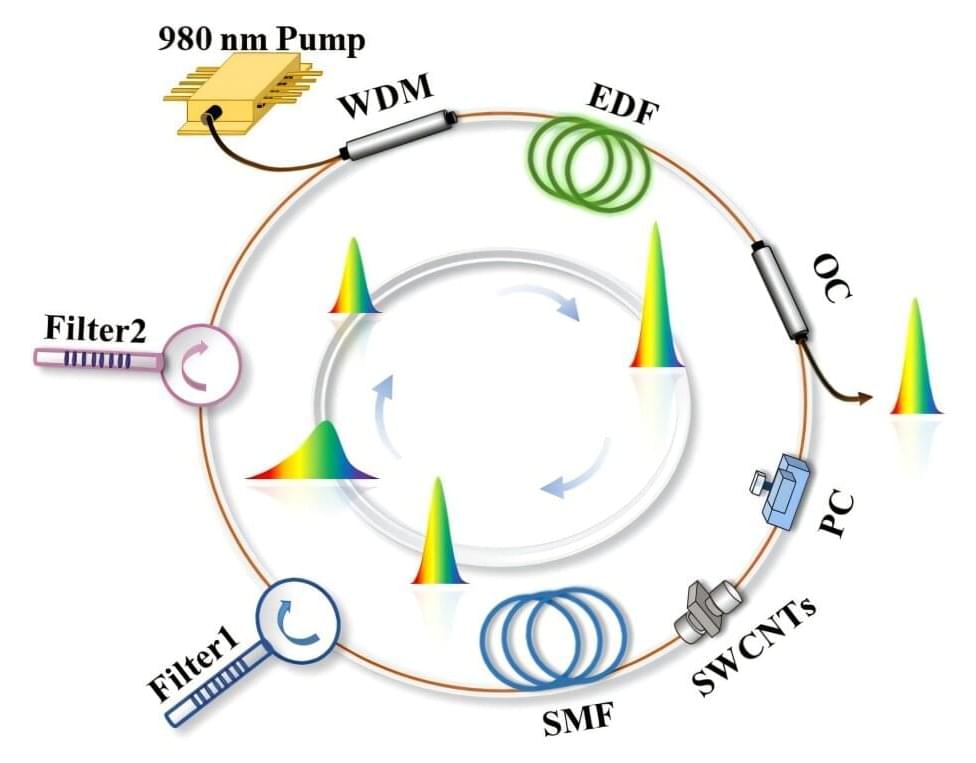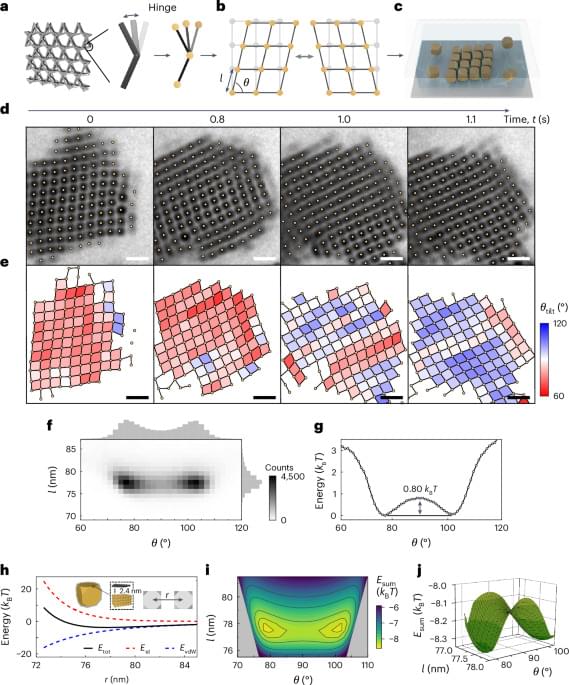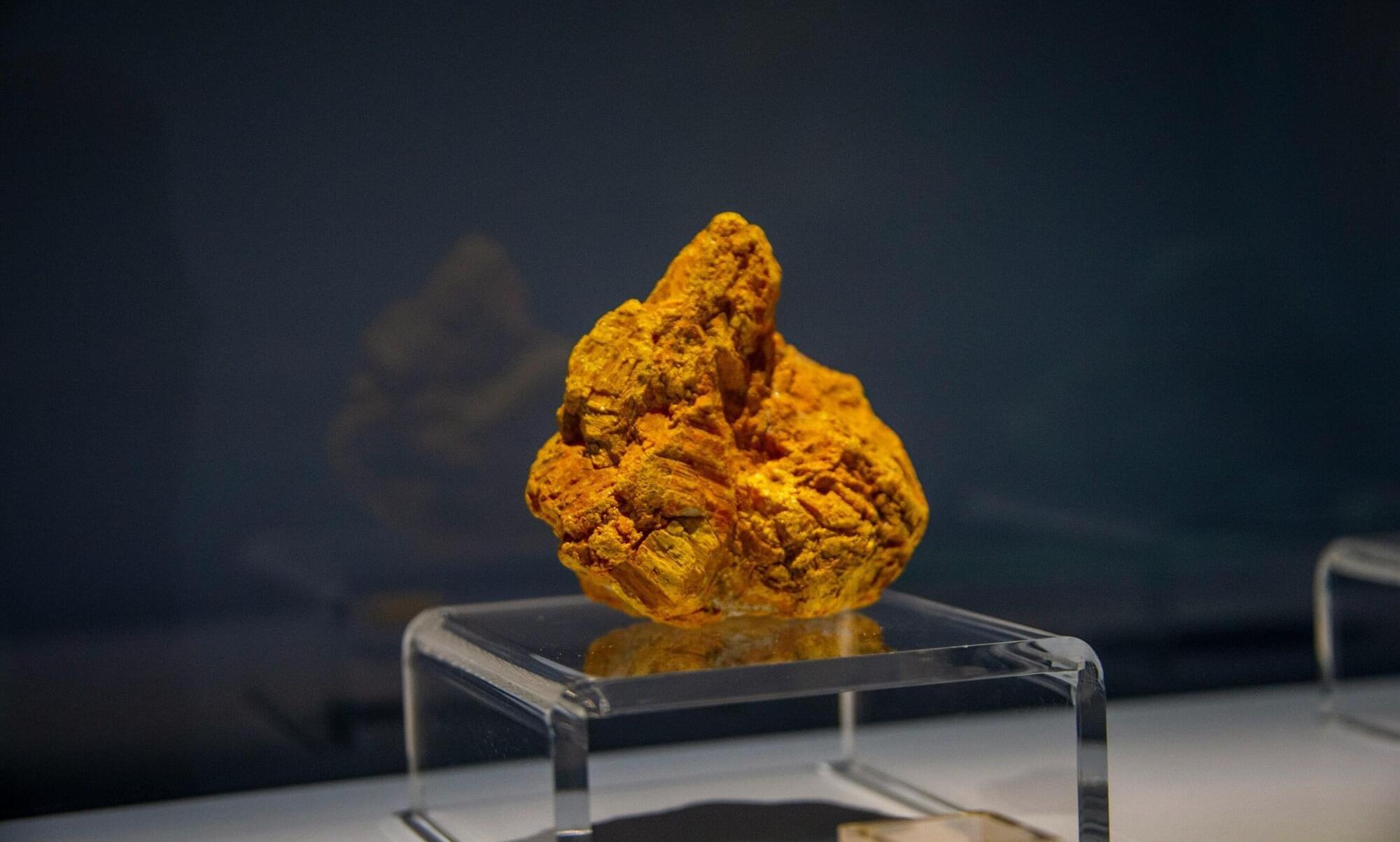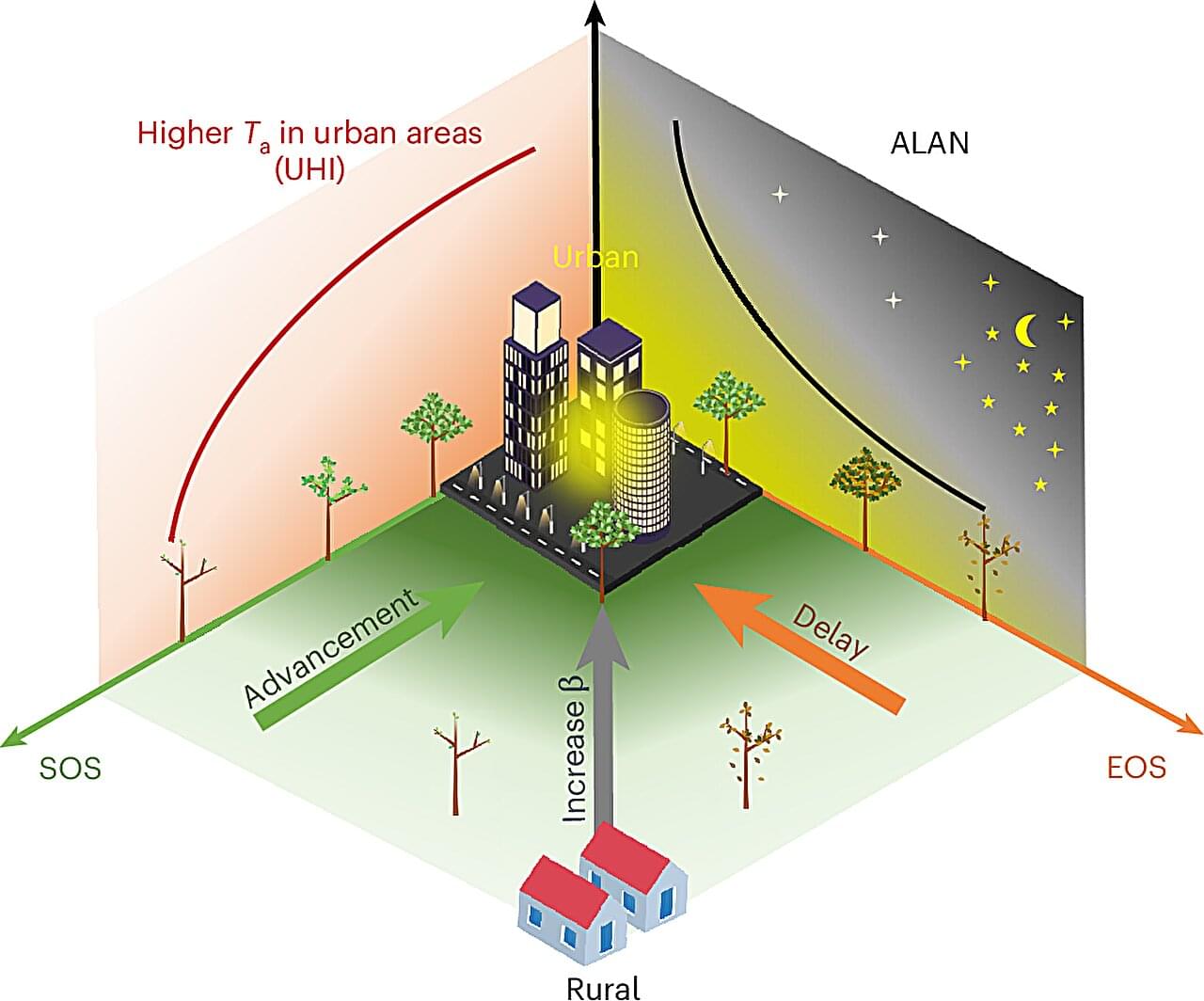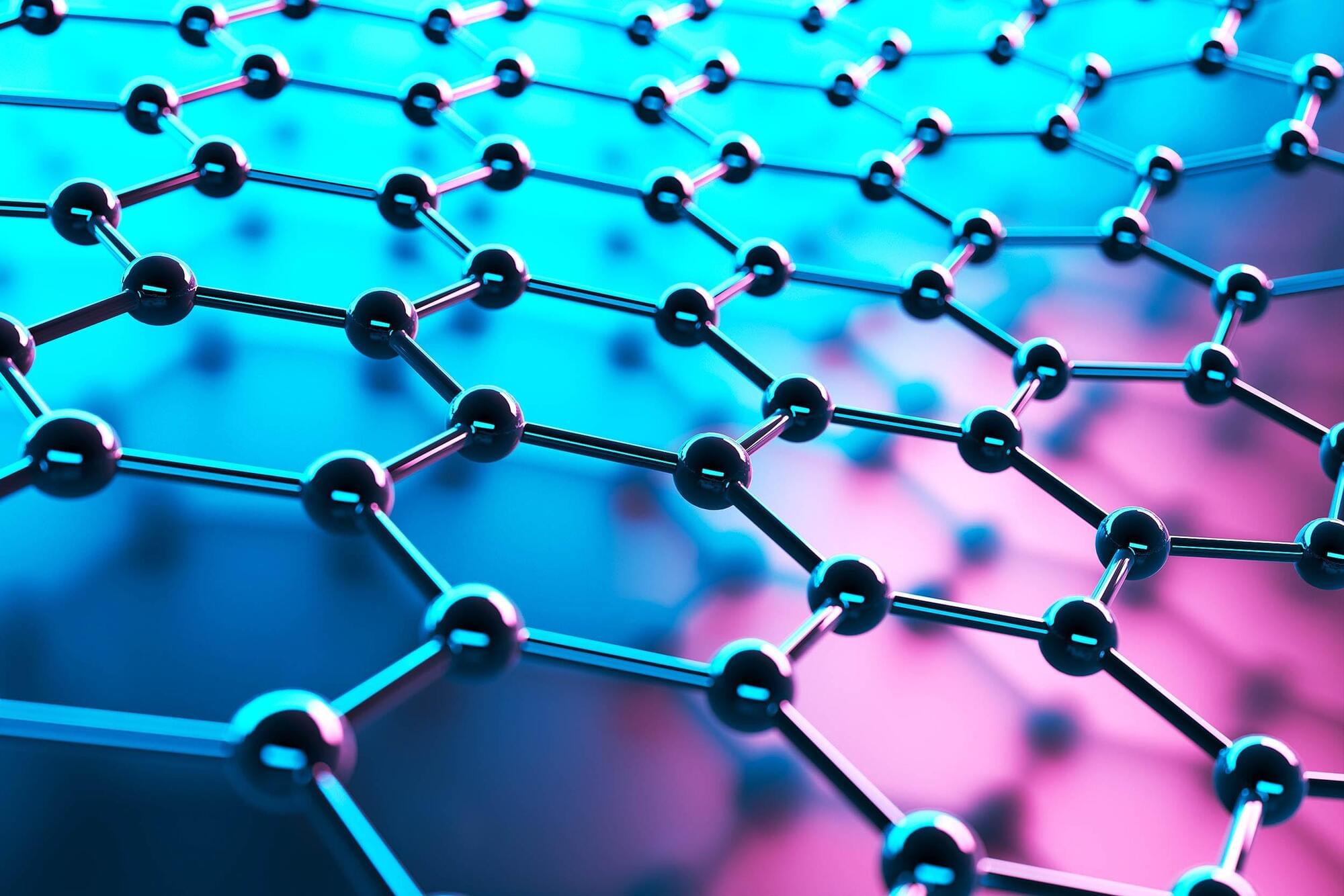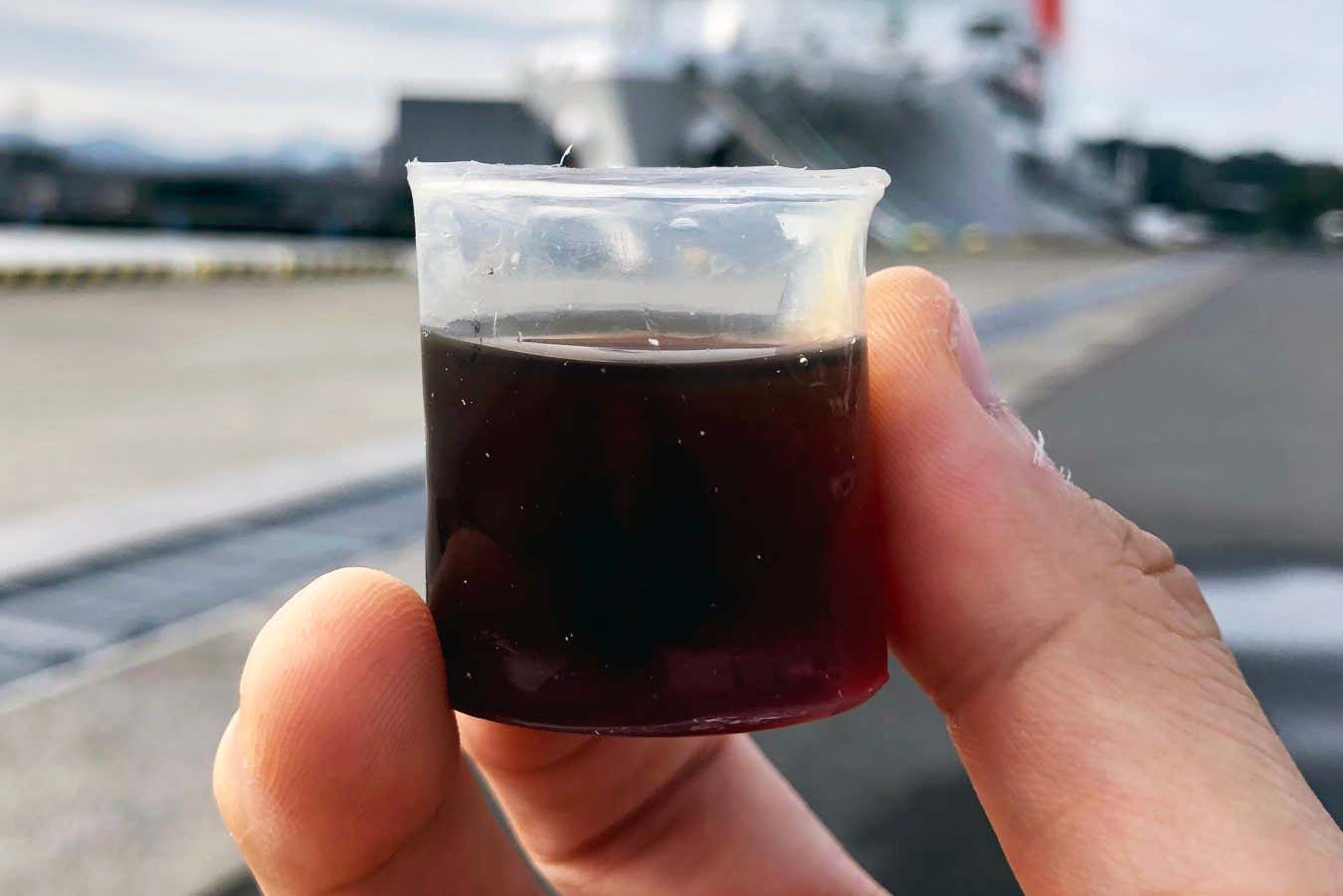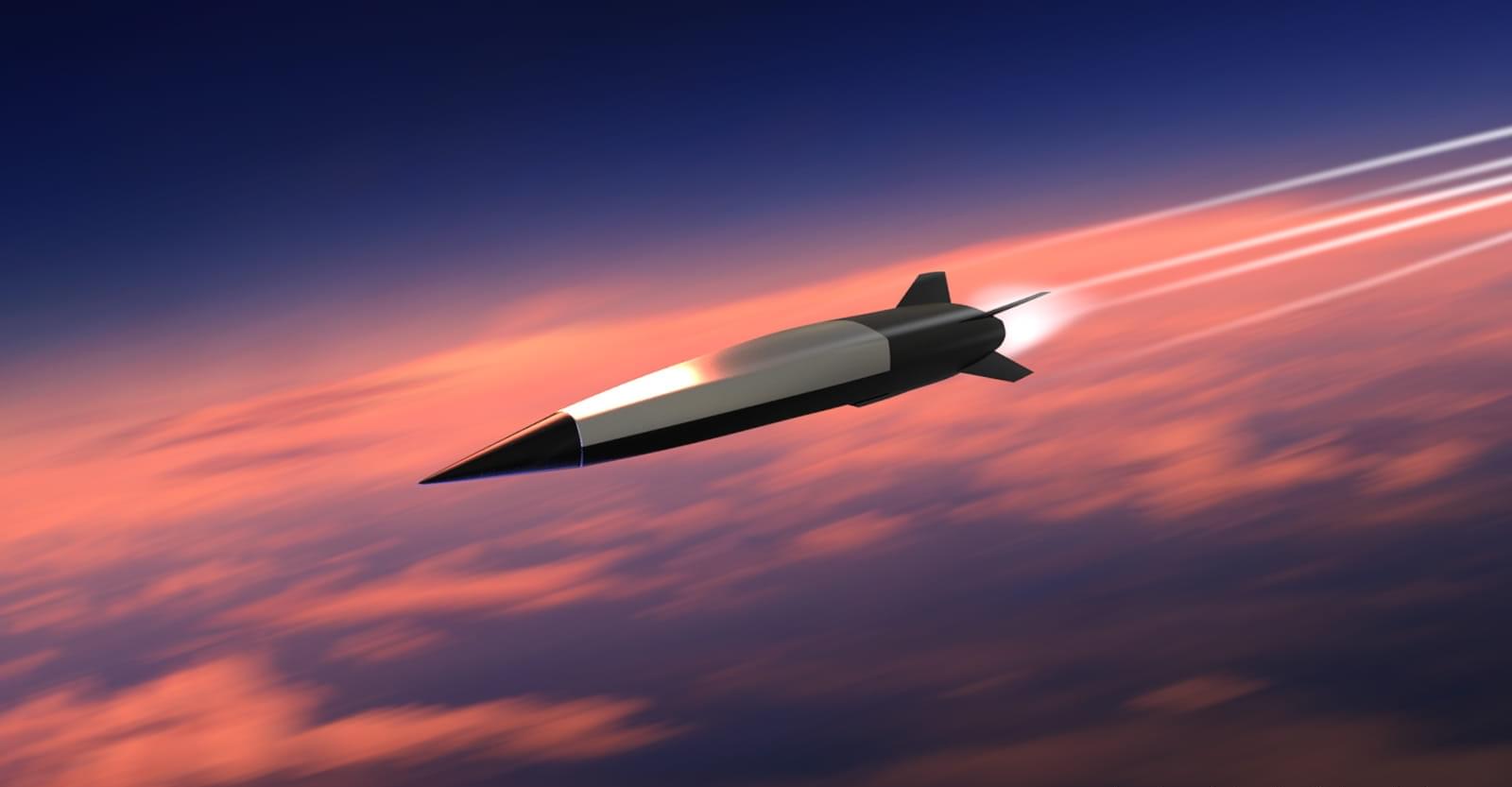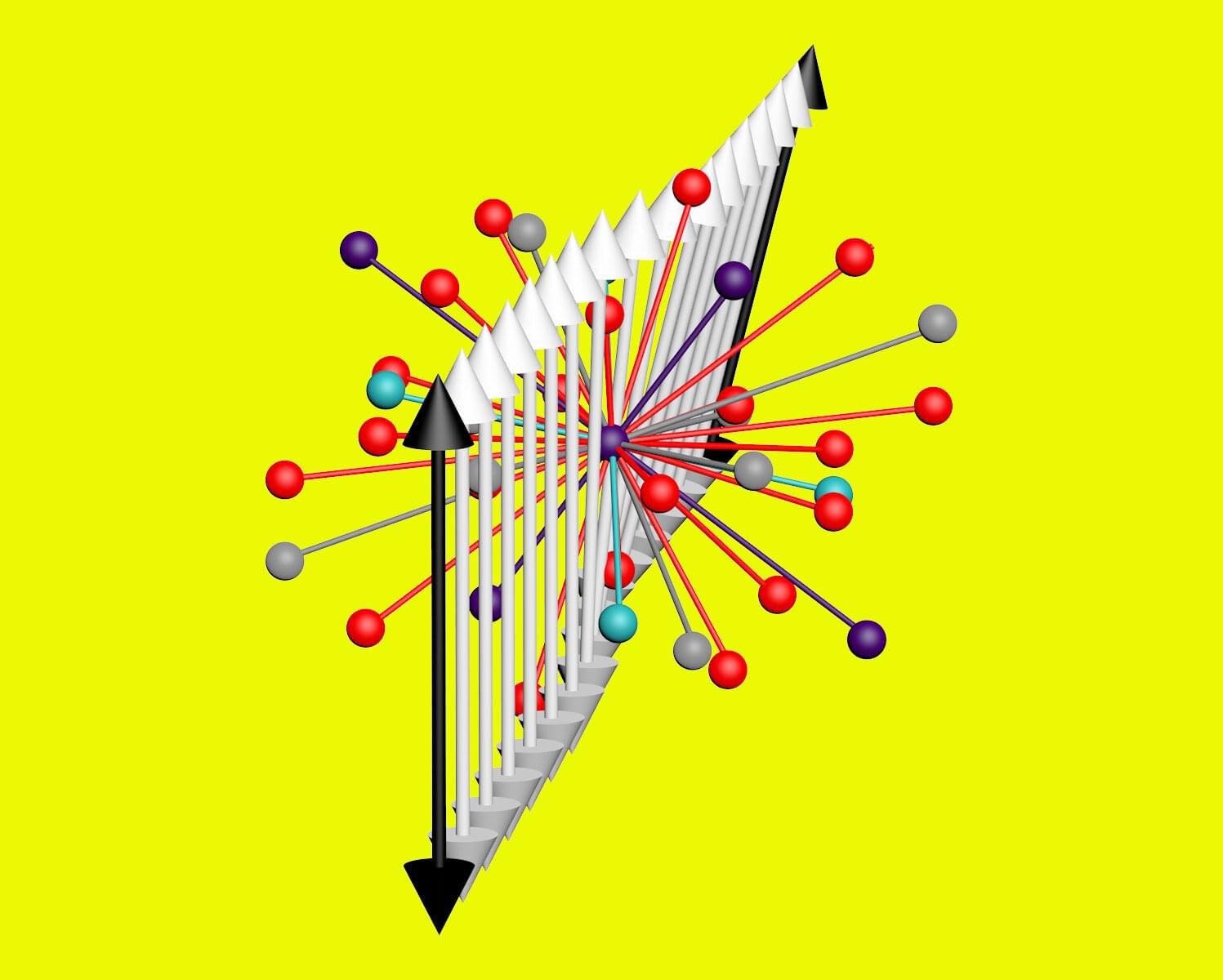Lasers have widespread applications as a light source in a variety of fields, including manufacturing, medicine, high-speed communications, electronics, and scientific research.
In recent years, the demand for lasers with increased control over their output has grown significantly. In particular, ultranarrow bandwidth mode-locked lasers, which can produce extremely short laser pulses (short bursts of light) ranging from picoseconds to nanoseconds, have received considerable attention. Such short laser pulses are extremely beneficial for many applications—from diamond cutting to semiconductor manufacture. However, these applications can be further improved with the incorporation of lasers with tunable pulse duration.
A laser works by reflecting light back and forth between a highly reflective and a selective reflective mirror inside a cavity, and then amplifying it using a material called the gain medium. Conventional continuous-wave lasers emit a continuous beam of light waves (modes) with different wavelengths and random phases.
